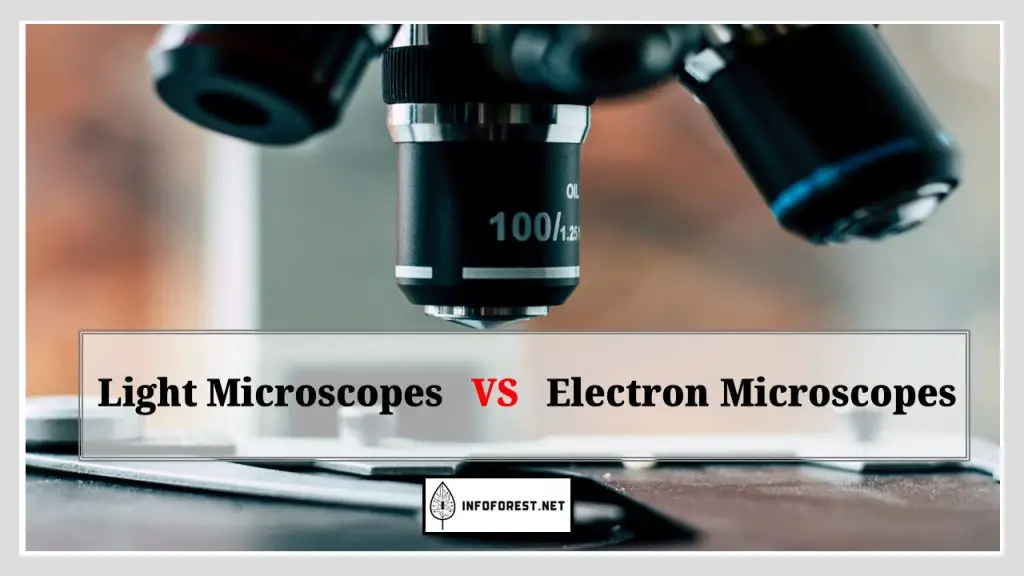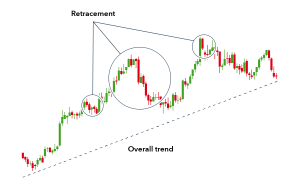
Light microscopes and electron microscopes are two important tools for studying microscopic structures and materials. Light microscopes use visible light and lenses to magnify objects and provide an image, while electron microscopes use beams of electrons to form an image. The choice between the two depends on the type of sample being studied and the details desired in the final image. Light microscopes are widely used for studying living samples and can provide a resolution of up to 2000x magnification. On the other hand, electron microscopes have much higher magnification capabilities, up to millions of times, and can provide higher-resolution images. However, electron microscopes can only be used on non-living samples and require vacuum conditions to operate. Understanding the differences between light and electron microscopes is important for selecting the appropriate tool for a specific scientific investigation.
Light Microscopes
Light microscopes are scientific instruments that use visible light and lenses to magnify and observe small objects or samples. They are one of the oldest and most widely used tools for microscopic analysis and are especially useful for studying living samples. Light microscopes work by shining light through the sample and onto a lens system, which magnifies the image and projects it onto a viewing screen or eyepiece. Light microscopes can provide magnifications up to around 2000x, and are commonly used in fields such as biology, medicine, and material science. They are relatively easy to use, affordable, and can be used on a wide variety of samples, making them versatile and indispensable tools in many scientific disciplines.
Electron Microscopes
Electron microscopes are scientific instruments that use beams of electrons to form an image of a sample. They are capable of much higher magnification than light microscopes, often reaching magnifications in the millions, and can provide images with much greater detail and resolution. Electron microscopes work by accelerating electrons to high speeds and focusing them onto a sample, which then scatters the electrons and forms an image based on the resulting patterns. There are two main types of electron microscopes: transmission electron microscopes and scanning electron microscopes. Transmission electron microscopes form images by shining electrons through a sample, while scanning electron microscopes form images by scanning the sample with a focused beam of electrons and analyzing the scattered electrons. Electron microscopes are widely used in fields such as materials science, biology, and nanotechnology, and are essential for studying the fine details of microscopic structures and materials. However, electron microscopes have limitations, such as the need for vacuum conditions and the inability to be used on living samples.

The main Differences Between Light and Electron Microscopes
The main differences between light and electron microscopes are:
- Light source: Light microscopes use visible light as a source, while electron microscopes use beams of electrons.
- Magnification: Light microscopes typically have a magnification limit of around 2000x, while electron microscopes can magnify up to millions of times.
- Resolution: Electron microscopes provide higher-resolution images than light microscopes, making them useful for studying fine details of cells and other microscopic structures.
- Sample type: Electron microscopes can only be used on non-living samples, while light microscopes can be used on both living and non-living samples.
- Vacuum requirements: Electron microscopes require vacuum conditions to operate, while light microscopes do not.
- Image formation: Light microscopes form an image by passing light through a sample and magnifying it with lenses, while electron microscopes form an image by analyzing the scattering of electrons that have been directed onto a sample.
- Cost: Electron microscopes tend to be more expensive than light microscopes.
The choice between a light microscope and an electron microscope depends on the details desired in the final image and the type of sample being studied.
Examples
Here are a few examples of how light and electron microscopes are used differently:
- Biology: Light microscopes are commonly used in biology to study cells and tissues, especially living samples. They are useful for observing the overall structure of cells and tissues, but are limited by their resolution. Electron microscopes, on the other hand, are used to study fine details of cells and tissues, such as the structure of organelles within cells.
- Materials Science: Light microscopes are used in materials science to study the surface features and texture of materials. Electron microscopes, on the other hand, are used to study the internal structures of materials and to analyze their composition.
- Nanotechnology: Electron microscopes are essential for the study of nanoscale structures and materials, as they provide the necessary resolution to observe these tiny structures. Light microscopes are not useful for this purpose due to their limited resolution.
- Quality control: Light microscopes are often used in industry for quality control, for example, to inspect the surface features of materials or to check for contaminants. Electron microscopes are used for more specialized tasks, such as analyzing the internal structures of materials or detecting microscopic flaws.
These are just a few examples of how light and electron microscopes are used differently, depending on specific scientific or industrial needs.
Comparison Table
Here is a comparison table between light and electron microscopes:
| Feature | Light Microscopes | Electron Microscopes |
|---|---|---|
| Light source | Visible light | Electron beams |
| Magnification | Up to 2000x | Up to millions of times |
| Resolution | Lower | Higher |
| Sample type | Both living and non-living | Non-living only |
| Vacuum requirements | No | Yes |
| Image formation | Light passes through the sample and is magnified by lenses | Electrons are directed onto the sample and an image is formed by analyzing scattered electrons |
| Cost | Lower | Higher |
| Common uses | Biology, material science, quality control | Materials science, biology, nanotechnology |
This table provides a general comparison between light and electron microscopes, but specific instruments may have different capabilities or limitations.
Most Viewed Articles
Conclusion
In conclusion, light microscopes and electron microscopes are both important tools for scientists, but each has its own strengths and weaknesses. Light microscopes are simpler and less expensive to use but are limited in terms of resolution and the size of structures they can visualize. Electron microscopes, on the other hand, offer much higher magnification and resolution, but are more complex and expensive, and require samples to be prepared in a specific way. Ultimately, the choice of which microscope to use depends on the specific requirements of the research project, and both types of microscopes play important roles in the advancement of scientific knowledge.
We also invite you not to miss our other popular articles such as:
Difference between left and right Twix–Difference Between Eastern Time Zone and Central Time Zone–Difference Between Capitalism and Communism– Difference Between EST and EDT–How many weeks in a Year– Difference Between Evening and Afternoon – Democrat vs Republican – Kilometer vs Mile – How to get rid of hiccups What does TBH mean – What does NSFW mean – What does IG mean–What does CAP mean– What is normal blood pressure –What is the rarest blood type–Difference Between Hotel And Motel – Differences Between Chinese and Japanese and Difference Between Zip Code and Postal Code–









